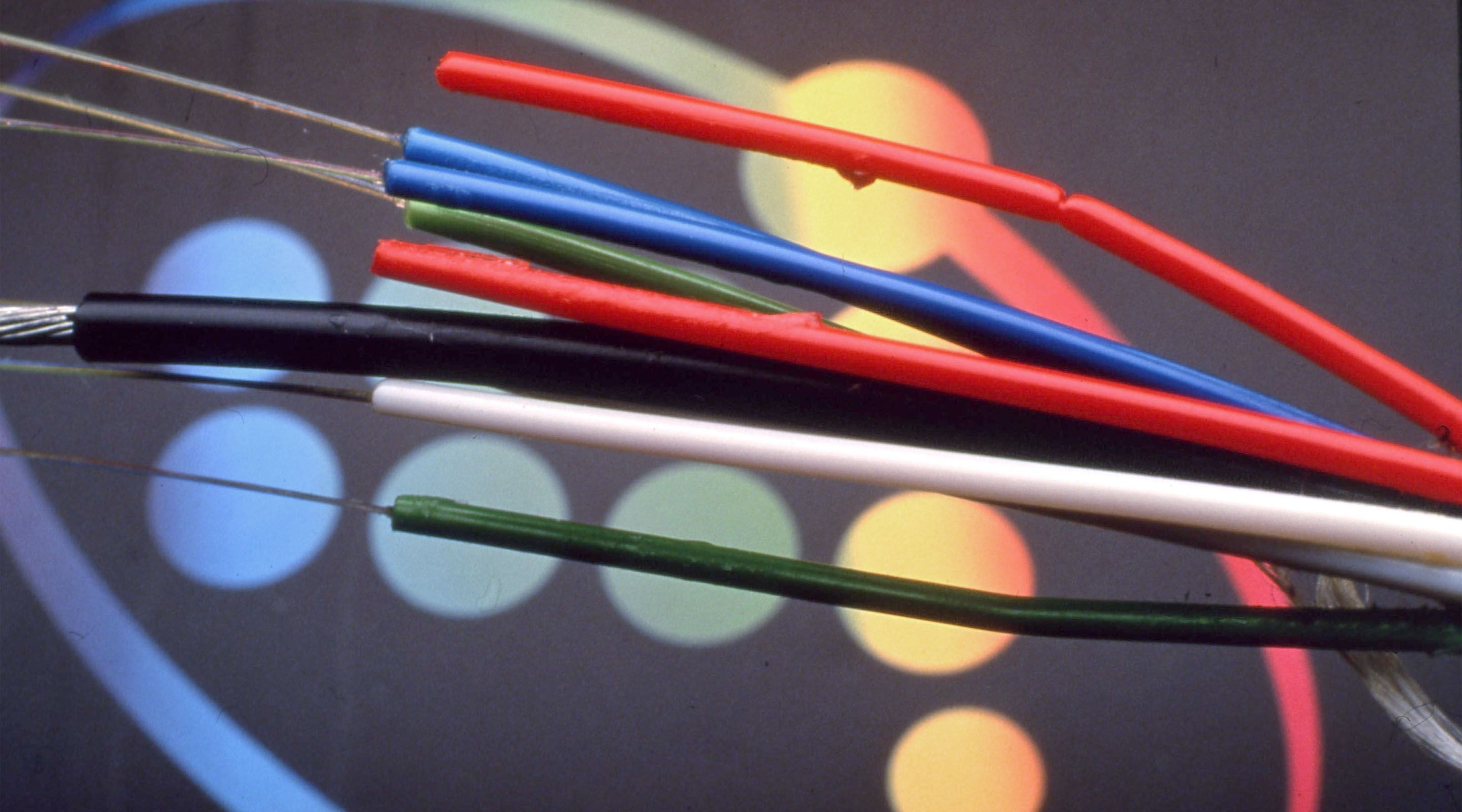
1996
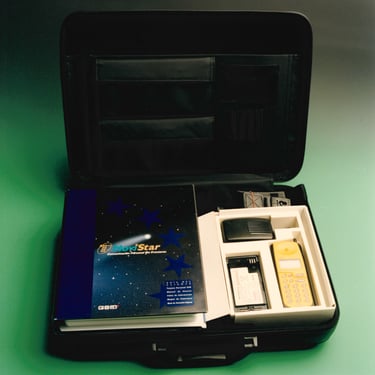
While our first internet services -Infovía- and mobile telephony -Moviline and Movistar- begin to burst into society, we welcome a new president: the Villalonga era begins.
Hatching of Internet
01
Interest in connecting to the Internet was growing rapidly, and in 1996 the number of Internet users reached 320,000, according to data from the Association of Internet Users (Asociación de Usuarios de Internet). At the same time, there was growing pressure for a flat rate, where there would be no need to worry about connection time. To alleviate these disadvantages, in 1996 Telefónica launches discount vouchers for different timetables with InfoVía, but this was not enough. We realised then that the Internet was the future and that neither the fastest modems of the time nor ISDN were the most appropriate avenues for growth. Nor could we operate new networks with coaxial cable to the home, like some competitors, as Telefónica had to comply with a two-year moratorium. So we had to wait and we wasted no time, we looked at the most interesting options in the world and discovered ADSL (Asymmetric Digital Subscriber Line), which, after meeting all the regulatory requirements, the company launches in 1999.
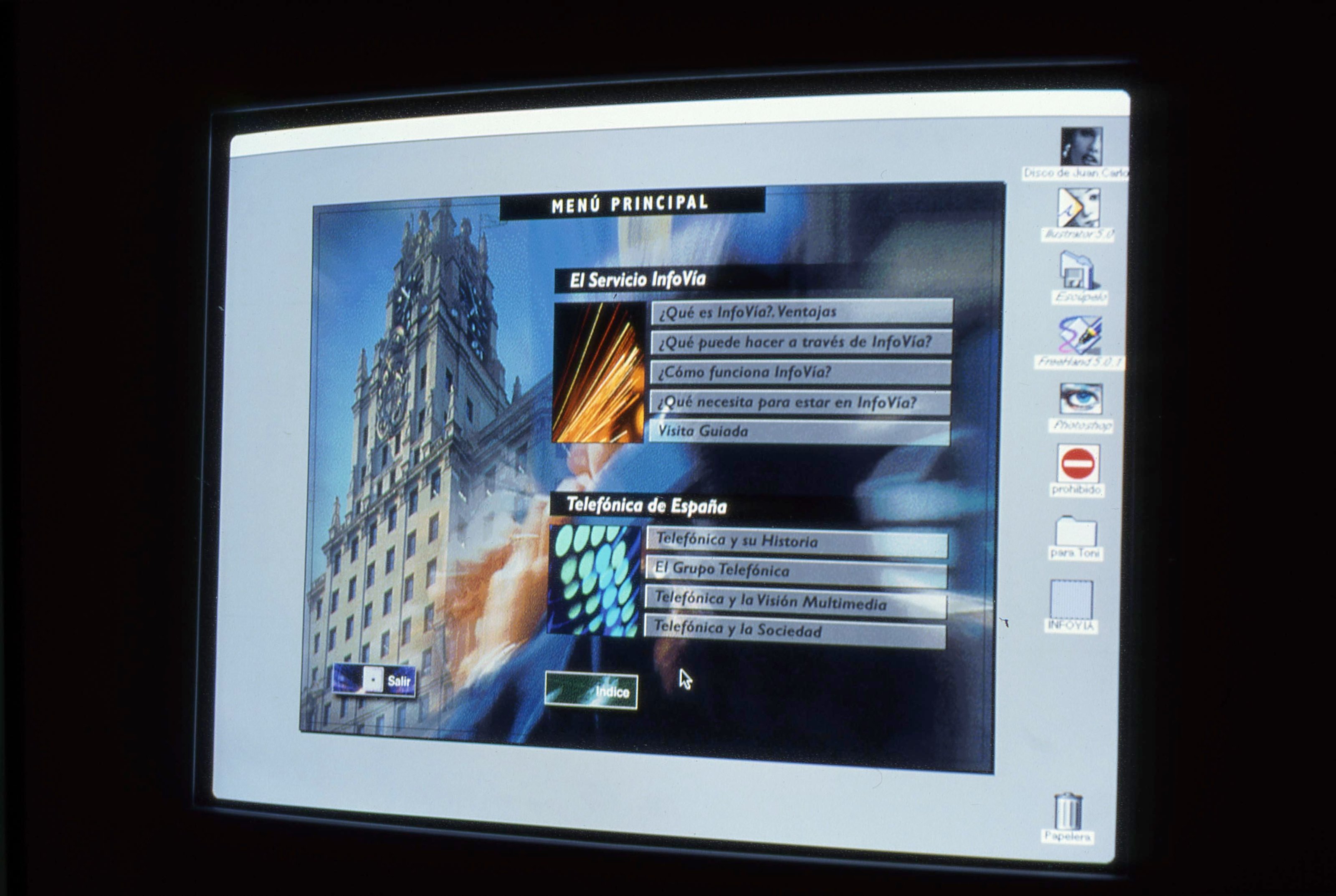
The chairman who landed in the media: Juan Villalonga arrives
02
Juan Villalonga Navarro was a young chairman, with a law degree and consulting experience, who would be at the helm of Telefónica for just four years, a short but key period for the company. From the flotation of Terra to the landing in the audiovisual world with the acquisitions of Antena 3, Onda Cero and Endemol, the arrival in Brazil and the growth in the stock market with the success of the share offer after the privatisation, Villalonga left, in 2000, a very different company to the one he found on his arrival.
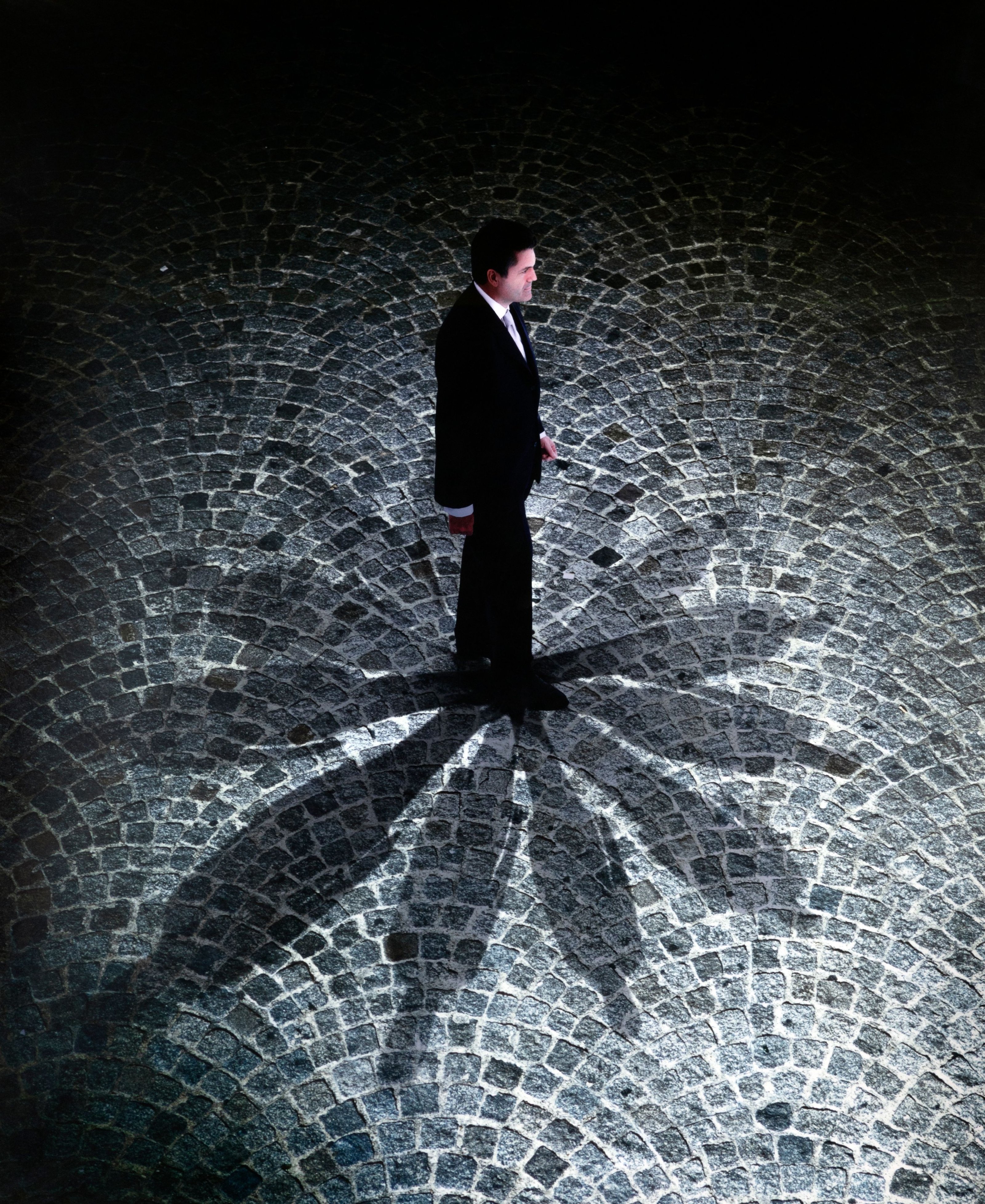
This is the answering machine
03
Although mobile phones are advancing at a spectacular pace in 1996, with 2.5 million users by the end of the year, and the Internet is on the rise, we cannot forget about Telefónica's fundamentals. Therefore, the Large Public segment, with 12.5 million customers in 1996, has the mission to develop new customer-valuable services. With this in mind, Telefónica is incorporating no less than 70 new products and services. One of them was the answering machine, which made it possible to retrieve calls when the line was busy or the user was absent. The first telemarketing and hotline service using 004, available 24 hours a day, 365 days a year, was also launched. This facilitated contracting and fault reporting by users, who could avoid travelling to subscriber offices.
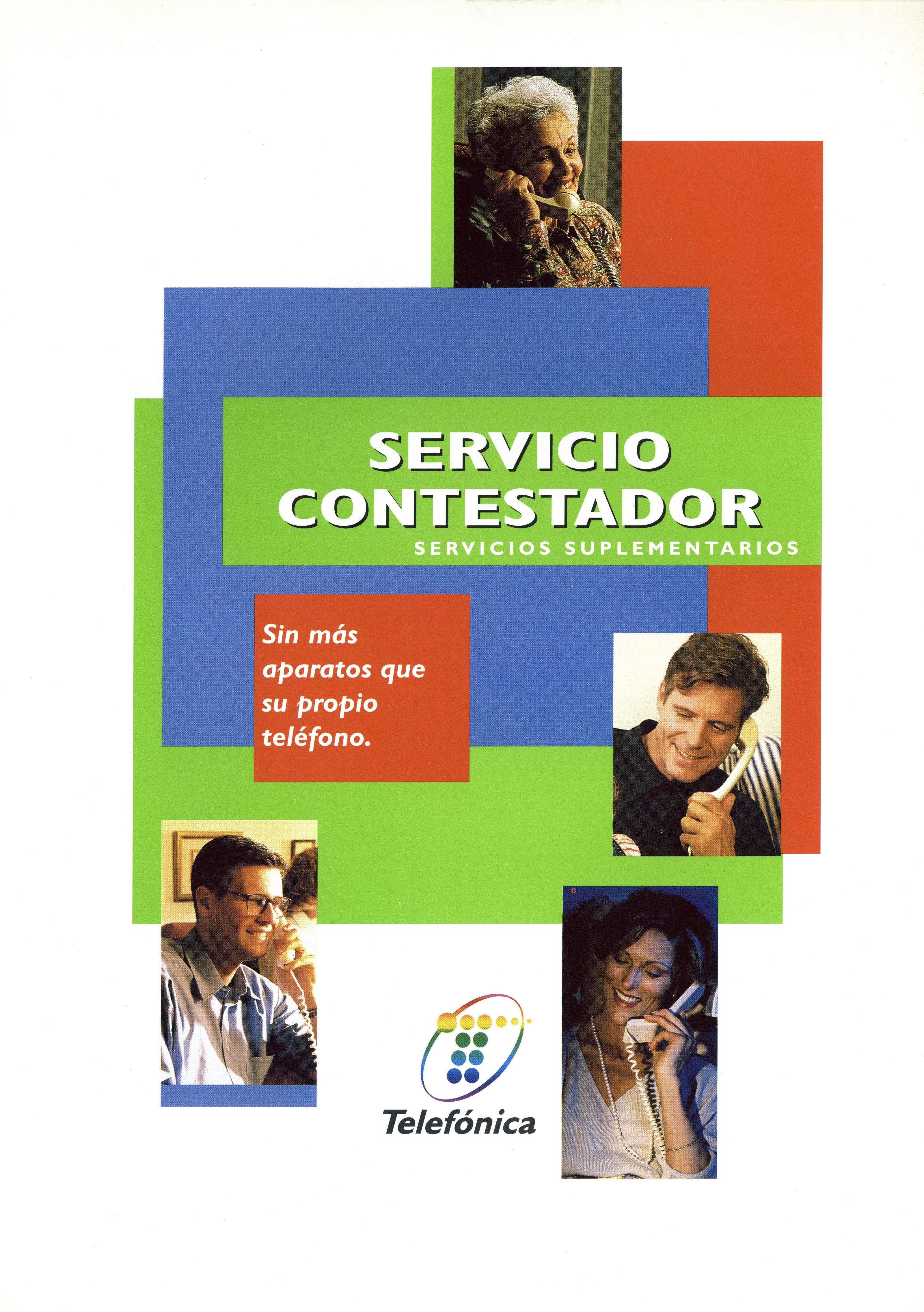
Step forward in Brazil
04
One of Telefónica's objectives in 1996 is to reach alliances with major players in the international market. And the year closed with an important step into the Brazilian market. A consortium was created, formed by Telefónica (73%), RBS (17%), Telefónica Argentina (3%) and CTC (7%) for the purchase of 35% of CRT (Companhia Riogrande de Telecomunicaçoes), Brazil's fourth largest operator, with fixed and mobile services and the first to be privatised in Brazil. The consortium won the auction in the country and in its first year of management made a profit of 115 million reais (almost 22 million euros), compared to a loss of 17 million reais (more than 3 million euros) in the previous year. Two years later, in 1998, another auction organised by the government of that region was able to acquire an additional 50.1%.
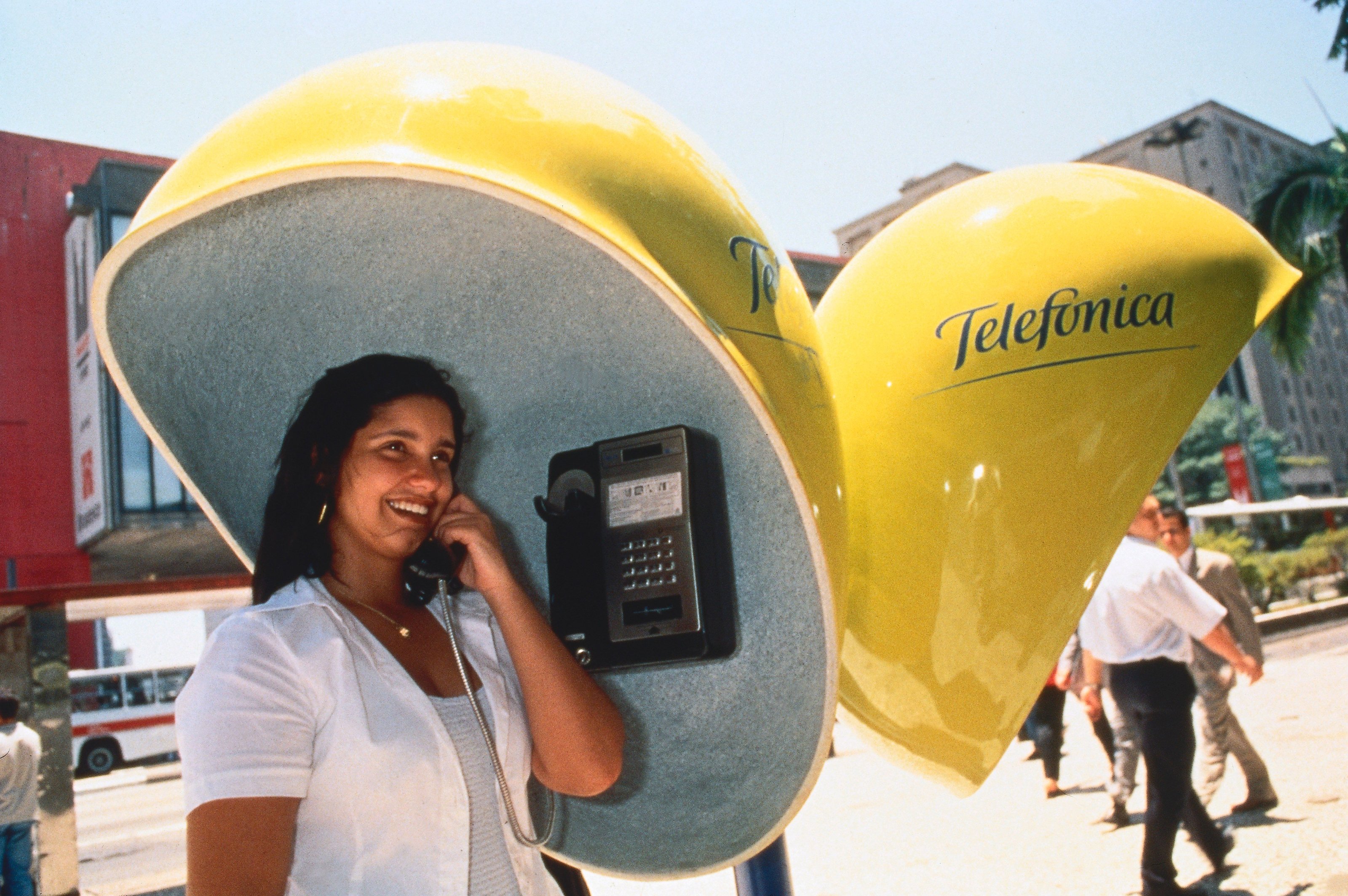
Moviline Pedro Delgado
You must accept all cookies to see this content
Do you have doubts about what happened?
Ask Aura